This End Up Furniture: A History of Safety and Design
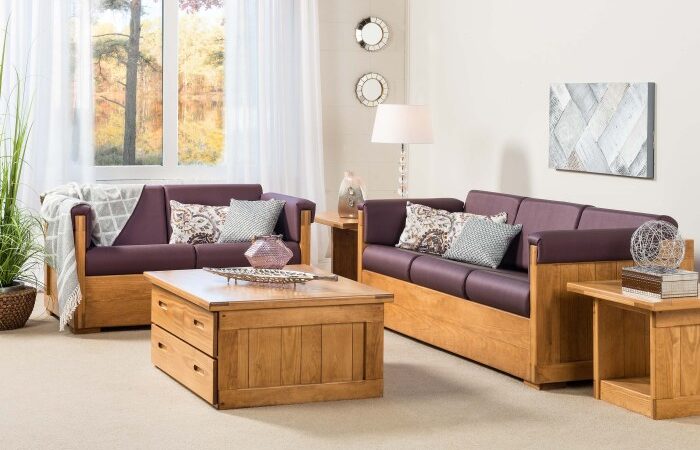
This End Up furniture, those ubiquitous markings on boxes and furniture pieces, tells a fascinating story of design, safety, and consumer protection. From the early days of furniture manufacturing to the modern era, these simple words have played a crucial role in ensuring the safe transport and handling of delicate and heavy pieces.
The history of “This End Up” markings reveals how furniture design and safety standards have evolved. We’ll explore the origins of these warnings, examine their significance in different furniture types, and delve into the importance of clear labeling for consumer safety.
We’ll also investigate how “This End Up” labeling has adapted to modern packaging and shipping methods, and consider the future of these markings in a world of increasingly innovative furniture designs and materials.
The Rise of “This End Up” Furniture
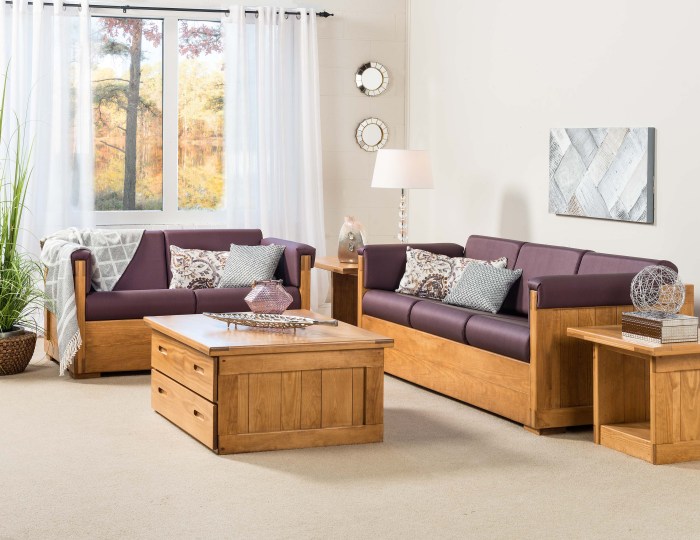
The phrase “This End Up” has become synonymous with furniture, a seemingly mundane warning that has played a crucial role in the evolution of furniture design and safety. This simple inscription, often printed on boxes or attached to furniture, has a rich history and a significant impact on the way we transport and handle furniture today.
Early Examples of “This End Up” Furniture
The origins of “This End Up” markings can be traced back to the early days of furniture manufacturing and transportation. As furniture became more complex and delicate, manufacturers recognized the need to provide clear instructions for handling. Early examples of “This End Up” warnings often appeared on furniture pieces made of fragile materials like glass or porcelain.
- 18th Century: During this period, furniture makers began using “This End Up” markings on pieces shipped across long distances. The fragility of early furniture, particularly those with intricate designs and delicate veneers, made proper handling essential to prevent damage.
- 19th Century: The Industrial Revolution led to increased production of furniture, and the “This End Up” warning became more common. As furniture became more standardized, manufacturers began using printed labels or tags with the warning, ensuring consistency in messaging.
The Significance of “This End Up” Warnings in Furniture Design and Safety
“This End Up” warnings have played a critical role in the evolution of furniture design and safety. They serve as a reminder of the importance of proper handling and transportation, contributing to the durability and longevity of furniture pieces.
- Improved Packaging and Design: The use of “This End Up” markings has encouraged manufacturers to develop better packaging and design strategies for furniture. This has led to the creation of more robust packaging materials, reinforced corners, and sturdier frames.
- Reduced Damage and Accidents: “This End Up” warnings have significantly reduced damage and accidents related to furniture handling. By clearly indicating the proper orientation for transport, these warnings minimize the risk of tipping, falling, or structural damage.
- Enhanced Consumer Safety: The widespread adoption of “This End Up” markings has improved consumer safety. By promoting safe handling practices, these warnings protect both consumers and the furniture itself, reducing the likelihood of injuries or property damage.
Types of Furniture with “This End Up” Warnings

The “This End Up” warning is a common sight on furniture packaging, signifying that the item must be transported and stored upright to prevent damage. This warning is particularly important for furniture that is prone to structural issues, balance problems, or potential hazards when handled improperly.
Understanding the types of furniture that typically require “This End Up” warnings can help consumers handle and store these items safely.
Furniture Types Requiring “This End Up” Warnings, This end up furniture
Furniture items that require “This End Up” warnings often share common characteristics, including a top-heavy design, fragile materials, or intricate assembly processes. These features make them vulnerable to damage if mishandled during transport or storage. Here are some common examples:
- Mirrors: Mirrors, especially large or antique ones, are susceptible to breakage when tilted or placed on their sides. Their reflective surfaces are delicate and prone to scratching or cracking if not handled with care.
- Lamps: Table lamps, floor lamps, and chandeliers often have delicate components, such as glass shades, bulbs, or intricate wiring. Placing these lamps on their sides can cause these components to shift or break, posing a safety risk.
- Glass-top Tables: Tables with glass tops, whether rectangular or circular, are prone to shattering when placed on their sides. The weight of the glass can strain the supporting frame, leading to breakage or instability.
- Bookcases: Tall bookcases, especially those filled with heavy books, are prone to tipping over if placed on their sides. The weight distribution shifts, making them unstable and potentially dangerous.
- Armoires: Armoires and wardrobes often have intricate internal structures and delicate doors. Placing them on their sides can cause the doors to become misaligned or the internal shelves to shift, potentially damaging the furniture.
- Upholstered Furniture: Sofas, armchairs, and recliners, particularly those with intricate designs or delicate fabric upholstery, can be susceptible to damage when placed on their sides. The weight of the furniture can cause the fabric to stretch or the internal frame to become distorted.
Comparison of Furniture Types with “This End Up” Warnings
The following table provides a comparison of furniture types that typically require “This End Up” warnings, considering their size, weight, and fragility:
| Furniture Type | Size | Weight | Fragility |
|---|---|---|---|
| Mirrors | Variable | Light to heavy | High |
| Lamps | Small to large | Light to medium | Medium |
| Glass-top Tables | Small to large | Medium to heavy | High |
| Bookcases | Medium to large | Medium to heavy | Medium |
| Armoires | Large | Heavy | Medium |
| Upholstered Furniture | Large | Heavy | Medium |
The Importance of “This End Up” Labeling
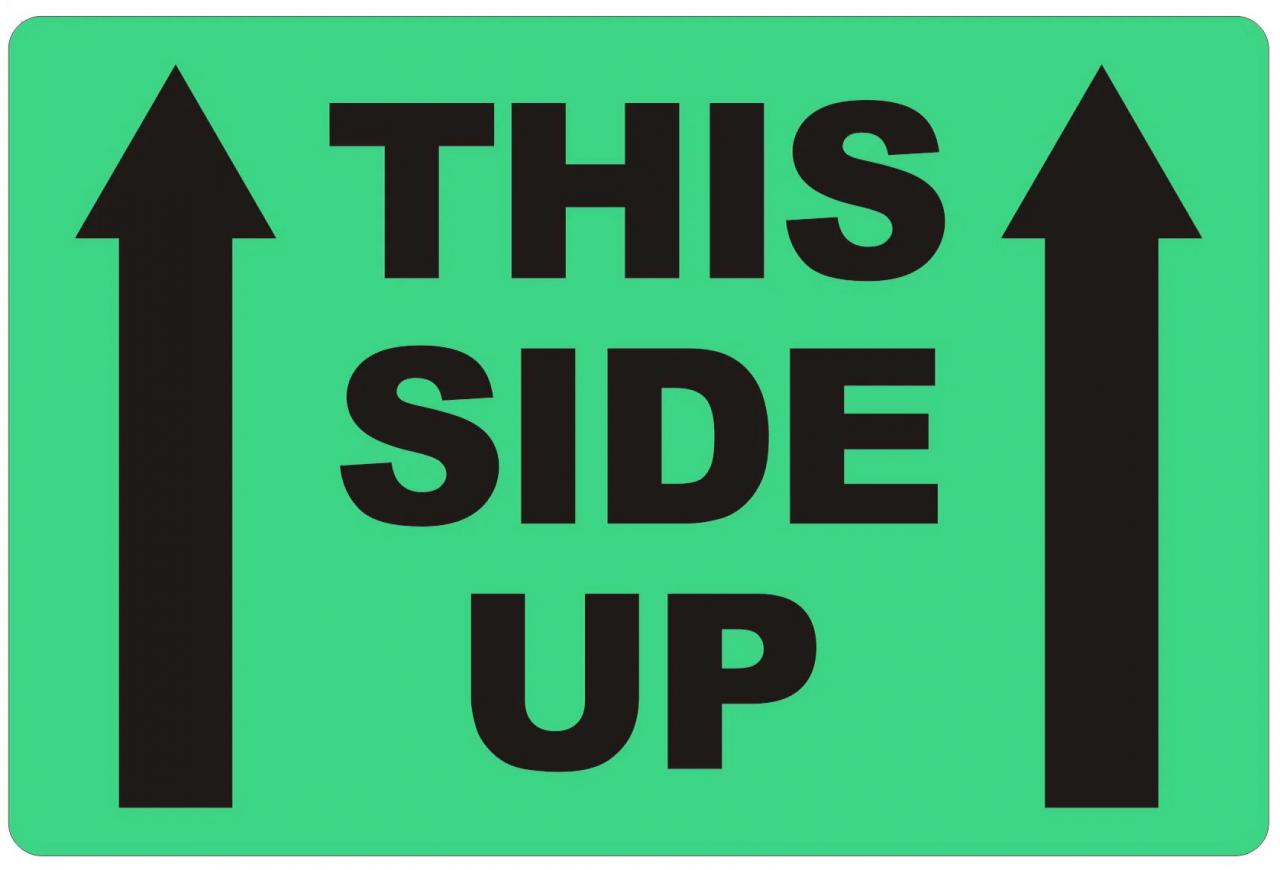
“This End Up” labels are not just a quirky warning on furniture; they are crucial safety indicators that play a vital role in preventing accidents, damage, and product liability issues. These seemingly simple labels convey critical information about the safe handling and transportation of furniture, ensuring that it reaches the consumer in pristine condition and without causing harm.
The Safety Risks Associated with Mishandling Furniture Without “This End Up” Warnings
Mishandling furniture without “This End Up” warnings can lead to a range of safety risks, potentially causing injury to individuals and damage to the furniture itself.
- Structural Damage: Furniture designed to be handled upright may suffer structural damage if transported or stored on its side or upside down. This can lead to weakened support, instability, and even collapse, posing a risk of injury to individuals using the furniture.
- Damage to Internal Components: Furniture often contains delicate internal components, such as glass shelves, drawers, or mechanisms, that can be damaged if not handled correctly. This can render the furniture unusable and create hazardous situations.
- Risk of Falling Objects: Furniture without “This End Up” labels may contain loose items or components that could fall out during mishandling, potentially causing injury to individuals or damage to surrounding objects.
- Injuries During Handling: Incorrectly handling heavy furniture can lead to strains, sprains, and other injuries to individuals attempting to move or lift it.
“This End Up” Labeling in the Modern Era
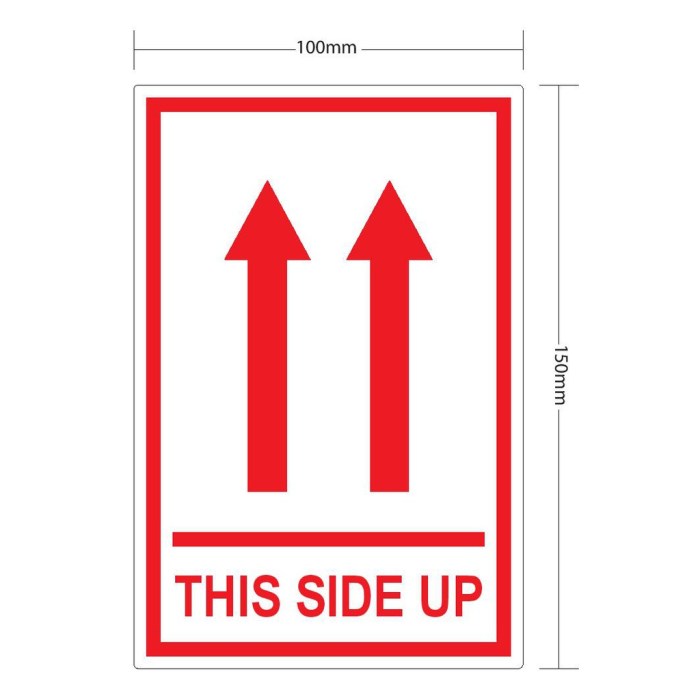
The “This End Up” label, once a simple warning on sturdy wooden furniture, has evolved alongside the changing landscape of furniture design and shipping practices. Modern materials, intricate designs, and sophisticated packaging methods have all influenced how these labels are used and their effectiveness.
The Evolution of “This End Up” Labeling
The “This End Up” label’s design and placement have changed to adapt to the complexities of modern furniture. For example, furniture made with lightweight materials like aluminum or plastic may require different labeling strategies compared to heavy, traditional wood furniture.
Additionally, furniture with complex designs, such as modular sofas or intricate bookcases, may require more specific instructions on how to handle and orient the pieces during shipping.
The Impact of Modern Packaging and Shipping Methods
Modern packaging methods have significantly influenced “This End Up” labeling practices. The use of protective packaging materials like bubble wrap, foam inserts, and corrugated cardboard has increased the robustness of shipping containers. This has led to a shift in labeling focus from simply indicating the correct orientation to providing more comprehensive handling instructions.
For instance, labels may now include warnings about specific pressure points to avoid or instructions on how to safely lift and maneuver the furniture.
Modern “This End Up” Label Design
A modern “This End Up” label can incorporate innovative elements to enhance its effectiveness. Here are some examples:
- Visual Cues: Using arrows, diagrams, or even simple icons to visually illustrate the correct orientation can make the label more understandable and impactful, particularly for individuals who may not speak the language of the label. A simple arrow pointing upward, for instance, can indicate the “This End Up” direction.
- QR Codes: Incorporating a QR code into the label allows for access to additional information, such as assembly instructions, product specifications, or even video tutorials on proper handling. This can provide a more comprehensive and interactive user experience.
- Color Coding: Utilizing color coding can make the label more visually appealing and attention-grabbing. For example, a bright red “This End Up” label against a white background could be more effective than a plain black label on a brown cardboard box.
- Placement: The strategic placement of the label on the packaging is crucial for its effectiveness. Ideally, it should be placed in a highly visible location, such as the top or side of the box, where it is immediately noticeable to handlers.
Beyond “This End Up”: This End Up Furniture
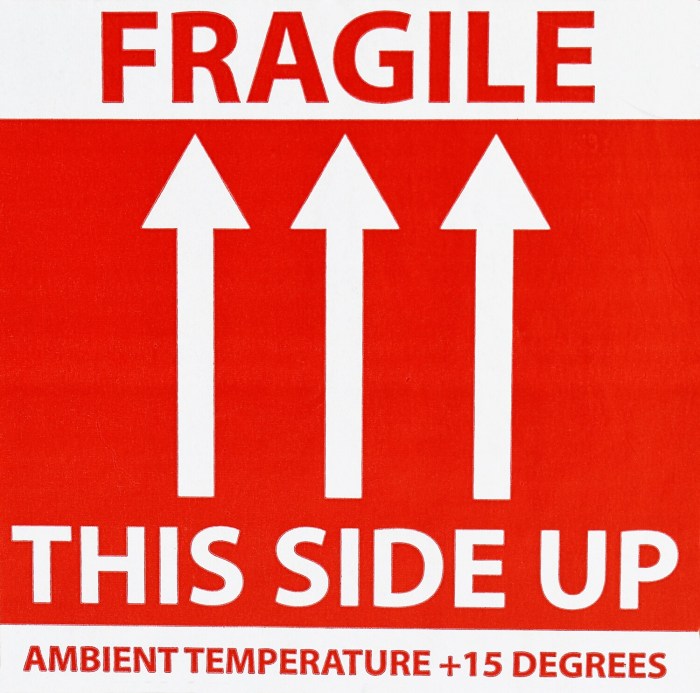
While “This End Up” warnings are essential for protecting furniture during transportation, they only address one aspect of safe handling. To ensure the longevity and safety of your furniture, understanding and implementing proper handling techniques beyond simple orientation is crucial.
Furniture Handling Best Practices
Following these best practices for assembling, disassembling, and moving furniture can significantly reduce the risk of damage, injury, and accidents.
- Assemble furniture according to the manufacturer’s instructions. This includes using the correct tools, tightening screws and bolts securely, and ensuring all parts are properly aligned.
- Disassemble furniture carefully and store parts safely. When disassembling furniture, ensure all parts are labeled or organized to facilitate reassembly. Storing parts in a dry, dust-free environment prevents damage.
- Use proper lifting techniques. Bend your knees, keep your back straight, and lift with your legs, not your back. Avoid twisting your body while lifting.
- Employ appropriate tools for moving furniture. Furniture dollies, sliders, and straps help move large or heavy pieces.
- Clear the path before moving furniture. Remove any obstacles, such as rugs, cords, or furniture, to prevent tripping or damage.
- Get help with heavy furniture. Never attempt to move heavy furniture alone. Enlist the assistance of another person or two, especially for items like sofas, beds, or dressers.
- Inspect furniture for damage before and after moving. Check for any cracks, scratches, or loose parts before moving furniture. After moving, inspect for any new damage and address it promptly.
Visual Guide for Lifting and Carrying Furniture
- Lifting a Sofa: Two people should lift the sofa from the sides, bending their knees and keeping their backs straight. The sofa should be lifted in a synchronized manner, with both people lifting simultaneously.
- Carrying a Table: One person can carry a table by lifting it from the underside of the tabletop, keeping their back straight and their legs bent. The table should be held close to the body for stability.
- Moving a Dresser: Two people should lift the dresser from the sides, using a furniture dolly or sliders to assist with movement. The dresser should be moved slowly and carefully, avoiding sudden movements.
- Lifting a Chair: One person can lift a chair by placing one hand underneath the seat and the other on the back of the chair. The chair should be lifted in a smooth, controlled motion.
Epilogue
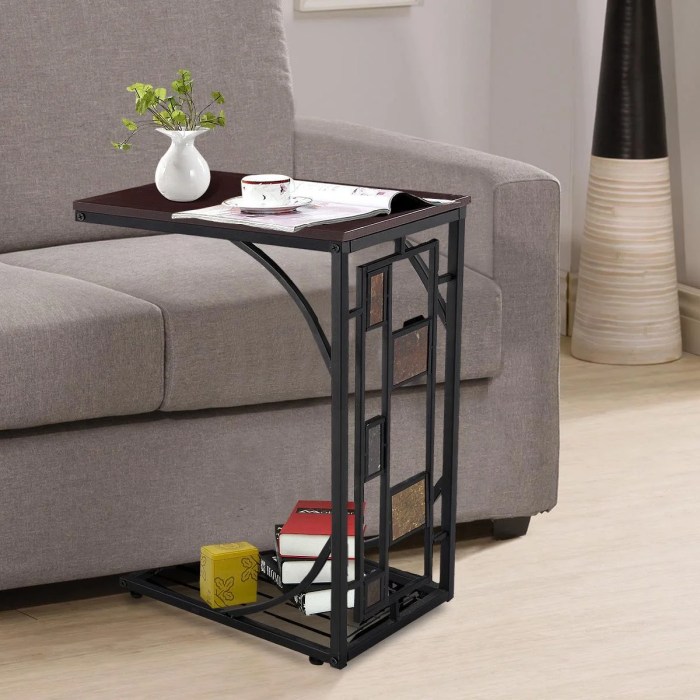
Ultimately, “This End Up” furniture warnings serve as a reminder of the importance of careful handling and transportation. They symbolize a commitment to safety and a recognition of the potential hazards associated with mishandling fragile or heavy items. As we continue to innovate and create new furniture designs, the principles of “This End Up” labeling remain relevant, ensuring that our furniture reaches its destination safely and without damage.
Comments are closed.